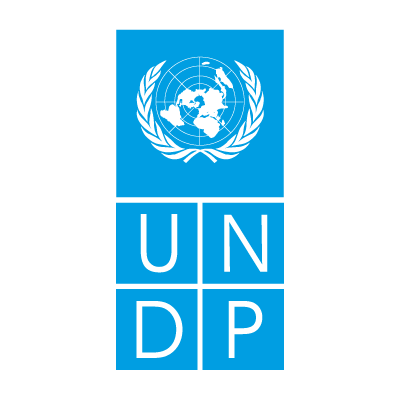
KNOWLEDGE
HUB
Case Study
India Sustainable Urban Transport and Road Safety
The rapid urbanization of Ahmedabad, India, has caused a significant increase in the city’s motorized travel, urban sprawl, and traffic accident fatalities. In 2005, Ahmedabad was named India’s third most polluted city. However, the Janmarg (Hindi for “The People’s Way”) Bus Rapid Transit (BRT) System, launched in 2009, has simultaneously reduced emissions and improved road safety. Janmarg BRT represents a vast improvement over Ahmedabad’s aging, traditional public bus system. It carries over 140,000 passengers per day, many of whom previously used shared vehicles or private motorized vehicles. In its first year of operation, it reduced greenhouse gas emissions by 35% and, by the second year, traffic accident fatalities were reduced by 65.7%. By 2040, the system is expected to reduce greenhouse gas emissions by 84% (as compared to the 2010 baseline) and traffic fatalities by 77%. Key actions and good practices that have supported success of the Janmarg BRT System in Ahmedabad are highlighted below and detailed in the case study.
- Features such as level boarding to access buses, designated entry/exit points at bus stations, accompanying street lighting, additional bicycle lanes, and pedestrian crossings contributed to improved road safety.
- The use of efficient buses and higher operational speeds reduced fuel consumption and greenhouse gas emissions.
- The quality, affordability, and timeliness of the BRT System were integral to expanding ridership.



